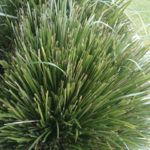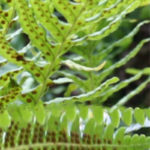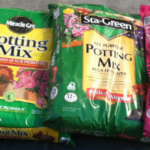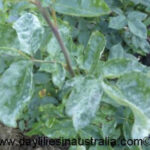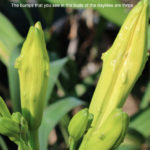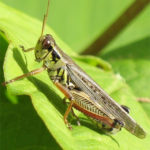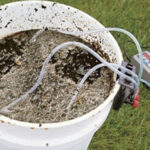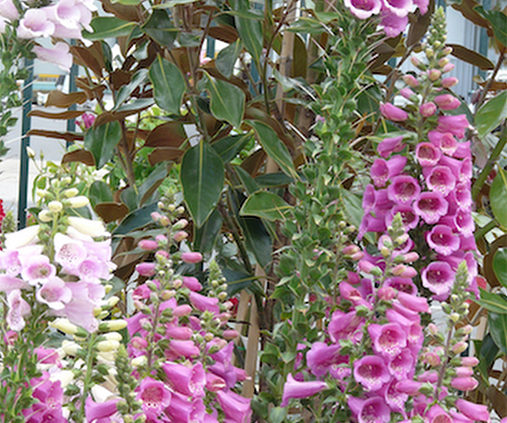
Foxglove Grow Plant Care
Foxglove Plant Facts – How To Grow And Care For Foxgloves?
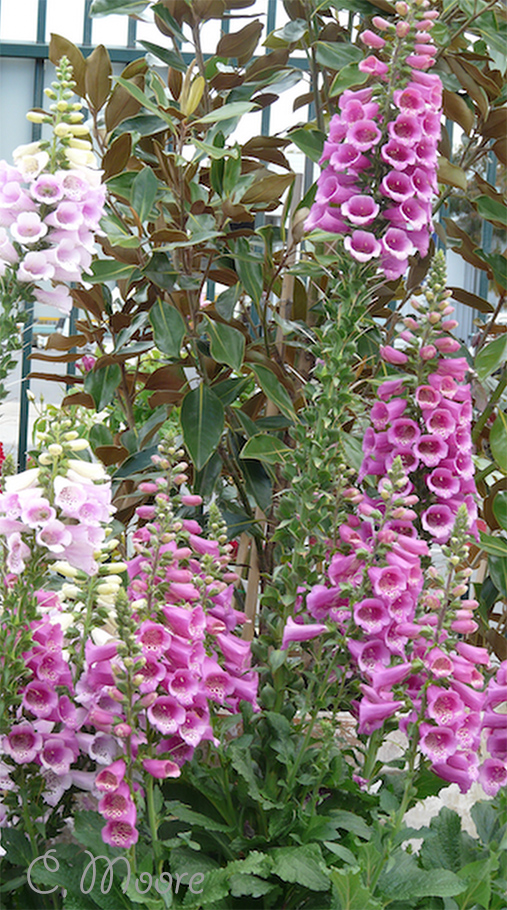 Foxglove Plants (Digitalia Purpurea) are ornamental biennials or perennials belonging to the family Plantaginaceae. This genus is native to Southwestern and Western Europe and has elongated finger shaped flowers. Flowers are produced on long spikes and the colour mix unveil, a soothing combination from pink to purple, red, yellow, cream or white. Some varieties have many conspicuous darker spots, you can spot these interlining the bottom lip to the throat of each flower. Depending on the variety the spike may reach to a height of 6 feet. A single spike may have 2-80 flowers. Foxgloves flower during late spring and flowering lasts through summer. These plants flower up a magnificent display to the home garden. These old fashioned beauties are at home to a warm sheltered position, planted in an English cottage garden. Foxgloves can also be grown in pots or containers. All plant parts are toxic when consumed and it is necessary to keep children and pets away from this plant. Australian animals that live in the bush such as rabbits, kangaroos and possums never touch foxgloves and know to keep well away from this plant because of the same reason. On the other hand, foxgloves make gorgeous fresh cut flowers, in arrangements if the flowers are detached from the plant when the flowers are half opened.
Foxglove Plants (Digitalia Purpurea) are ornamental biennials or perennials belonging to the family Plantaginaceae. This genus is native to Southwestern and Western Europe and has elongated finger shaped flowers. Flowers are produced on long spikes and the colour mix unveil, a soothing combination from pink to purple, red, yellow, cream or white. Some varieties have many conspicuous darker spots, you can spot these interlining the bottom lip to the throat of each flower. Depending on the variety the spike may reach to a height of 6 feet. A single spike may have 2-80 flowers. Foxgloves flower during late spring and flowering lasts through summer. These plants flower up a magnificent display to the home garden. These old fashioned beauties are at home to a warm sheltered position, planted in an English cottage garden. Foxgloves can also be grown in pots or containers. All plant parts are toxic when consumed and it is necessary to keep children and pets away from this plant. Australian animals that live in the bush such as rabbits, kangaroos and possums never touch foxgloves and know to keep well away from this plant because of the same reason. On the other hand, foxgloves make gorgeous fresh cut flowers, in arrangements if the flowers are detached from the plant when the flowers are half opened.
Growing Conditions
These species thrive well in full sun, partial sunlight or in well-shaded areas. If the summers are hot the plant may need more shade. They require nutrient rich acidic soils which are well draining. The best time to plant Foxgloves in Australia is from the starting of spring to early summer when the soil starts to warm up. The plant needs good drainage for an outstanding performance, as water logging can cause root rot. It is better to start the plant from seeds from a seed packet or seedlings from a punnet. If flowers are allowed to mature and drop seeds, thinning the seedlings to provide at least 18 inches of space between the seedlings is necessary, for proper growth. During the first year of life, this biennial will produce only leaves. During the second year, the flowering stem, flowers, and seeds appear.
Caring for Foxglove Plants
Once sown, keep the seeds of Foxgloves moist. Once the plants get established, the plant requires moderate watering. You can water them when the soil becomes dry, as they are resentful of dry periods and dried out soils. Due to their height, the Foxgloves plants tend to droop down and may need some support to keep them upright. Deadheading the plant can reduce the spreading the plants to small colonies or to every part of the garden. Removing the spent flowers also encourage re-blooming and cause flowering even late in the season. You can fertilise the plant with blood and bone or by using seaweed fertiliser during early spring. Staking the tall plants help them to stay upright
Propagation
Propagation of Foxgloves can be done by using seeds or by the division of clumps. When growing from seeds care should be taken not to cover the seeds with soil after sowing them.
- Situate and sow the seeds in soil enriched with light compost or in seed raising mix.
- Thinning out the seedlings after germination prevents overcrowding of the plants.
- Seedlings started inside can be transplanted during late winter into the garden.
- If you are sowing them directly in the garden bed sow them in spring.
- In ideal conditions, foxgloves are reliable at self seeding.
The division of large clumps of Foxgloves can be done during late winter when the new growth starts to appear. If you are starting the plant from seedlings, make sure you select healthy ones with robust leaves. Once again enjoy these flowers if you grow them, BUT DO NOT EAT Them!


